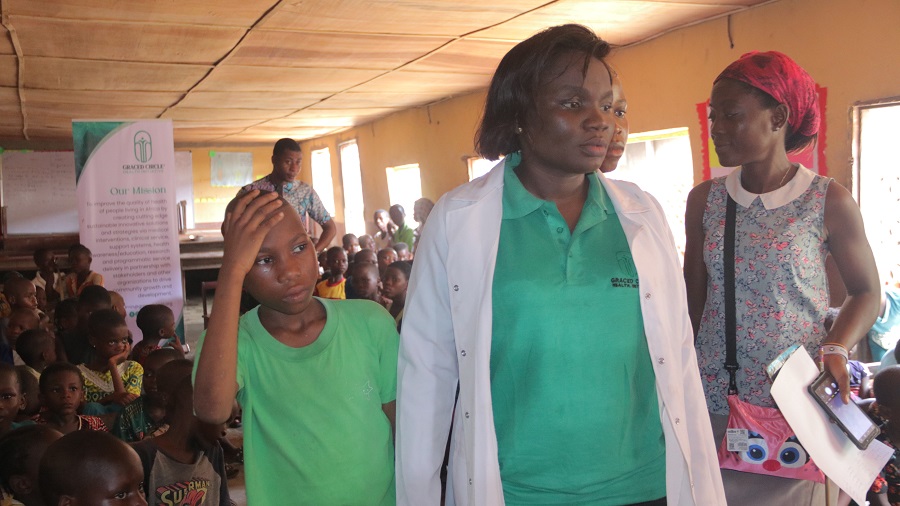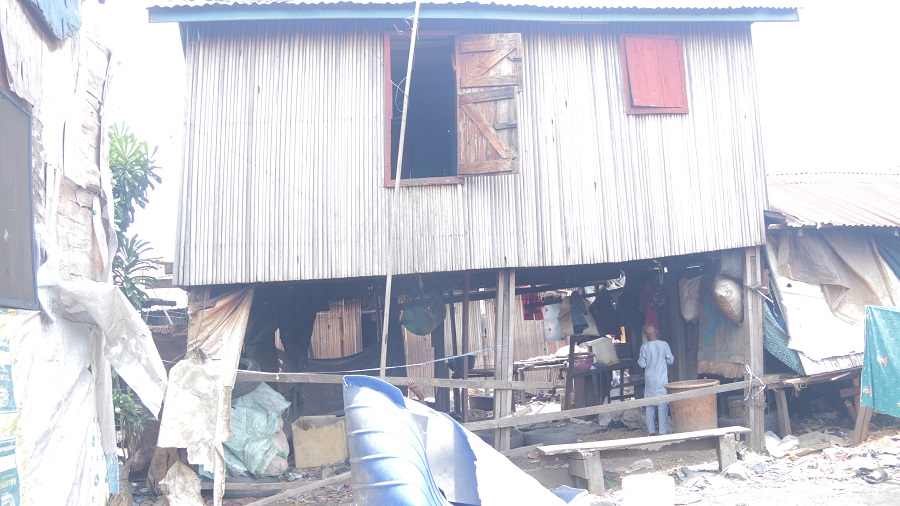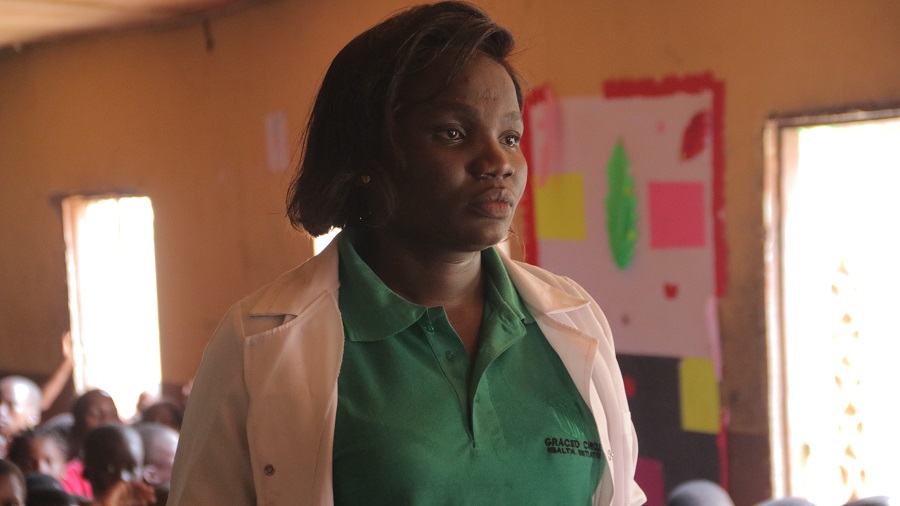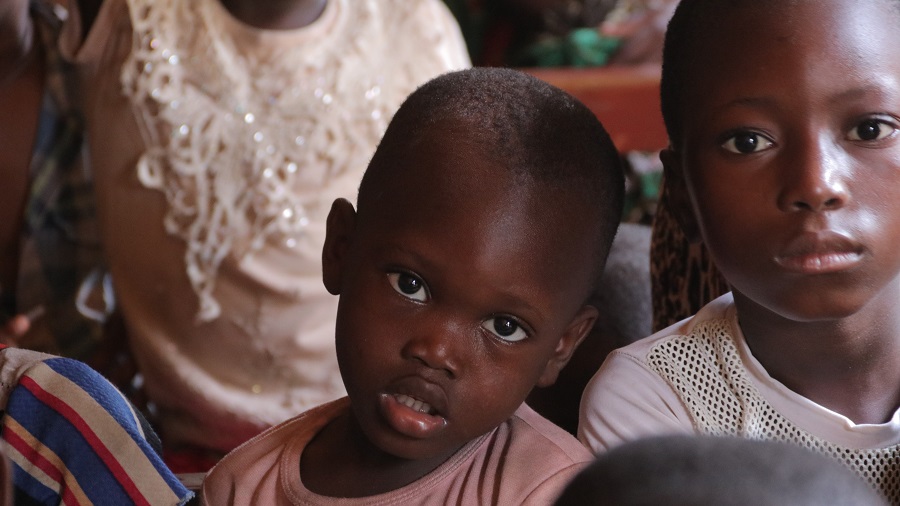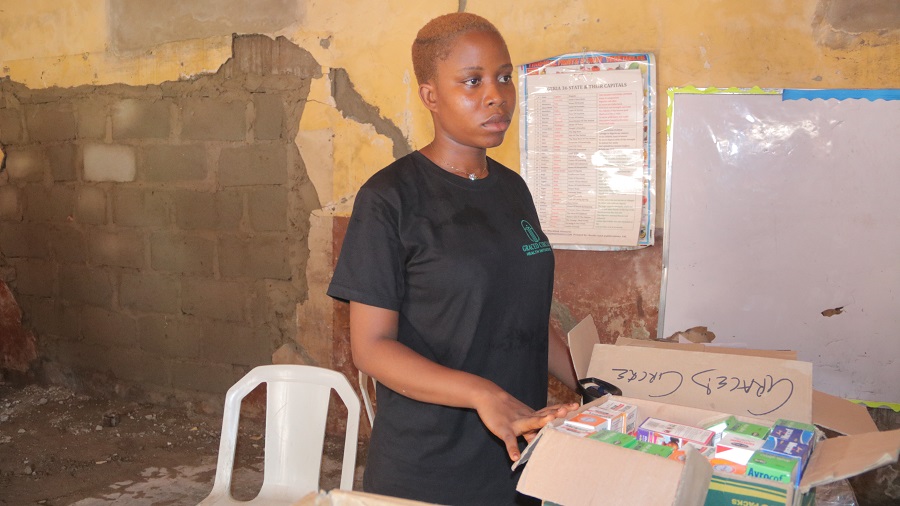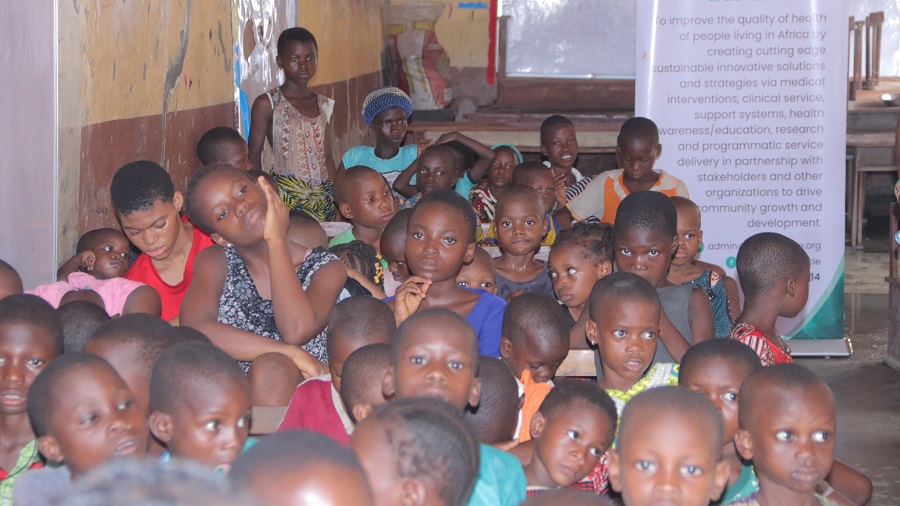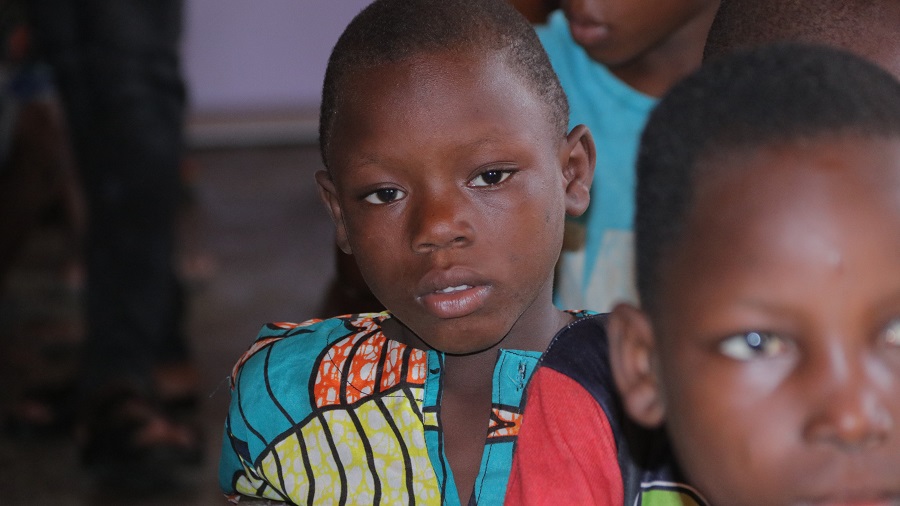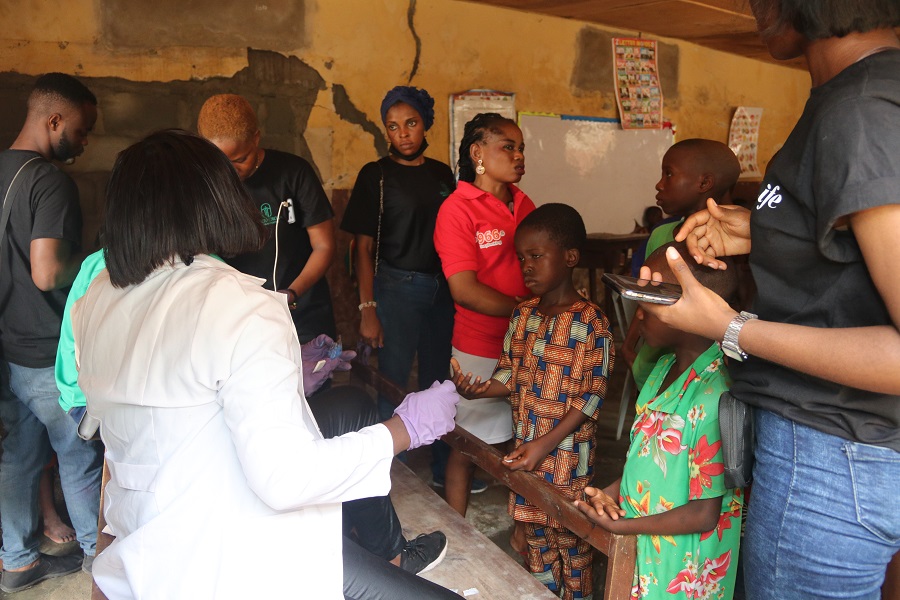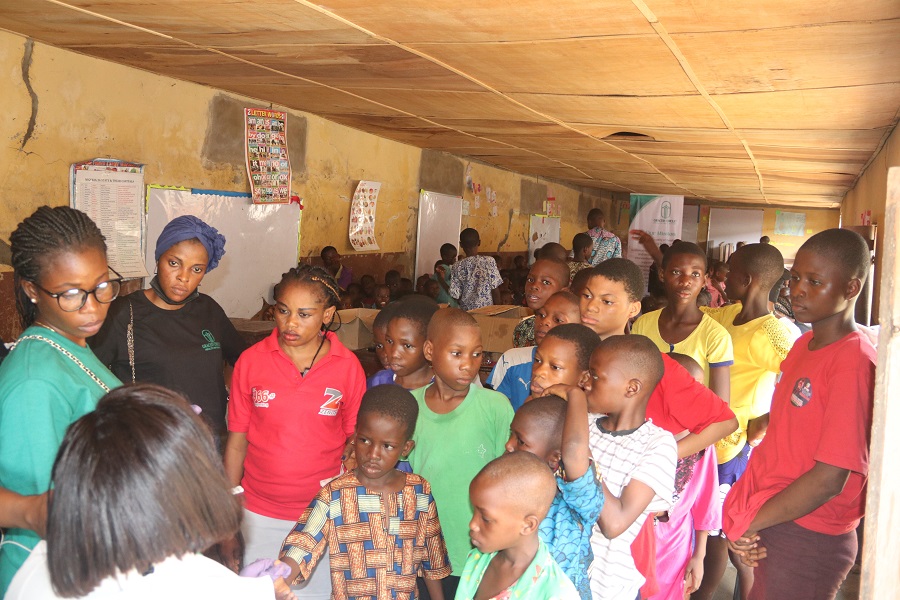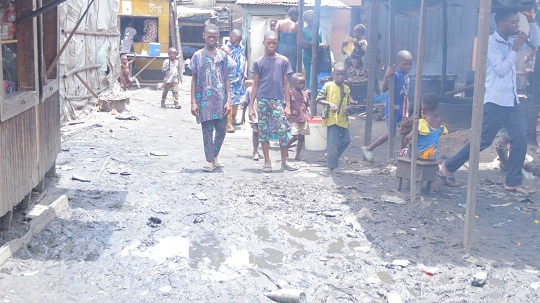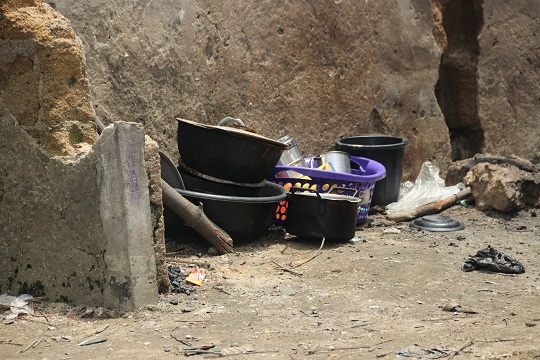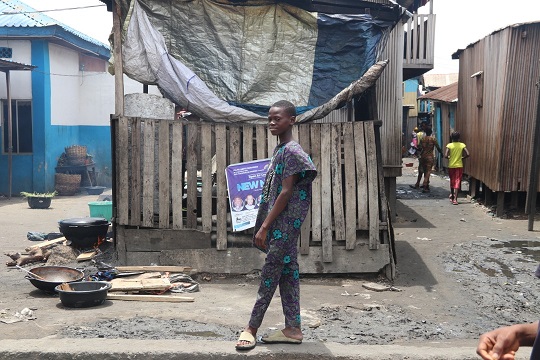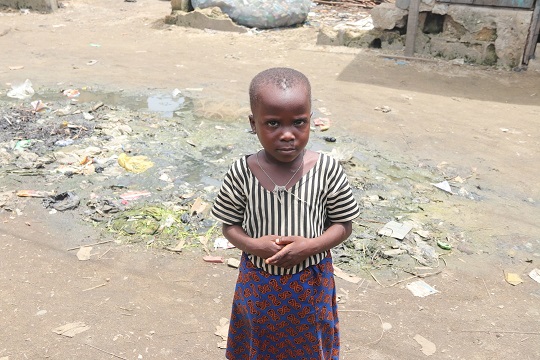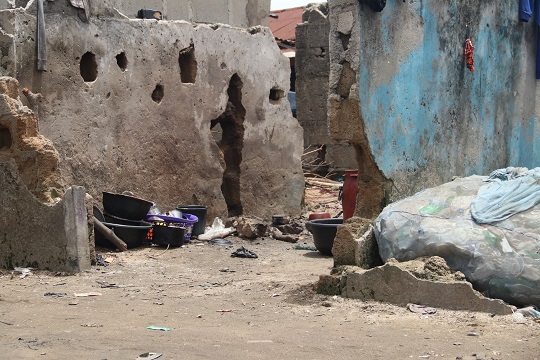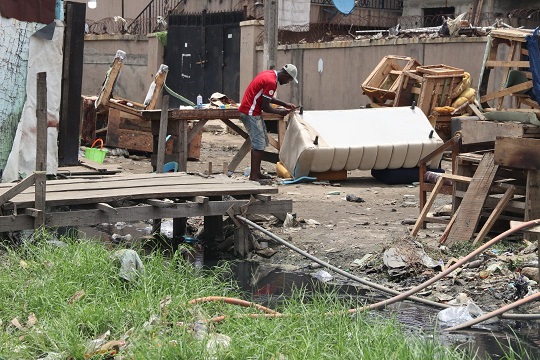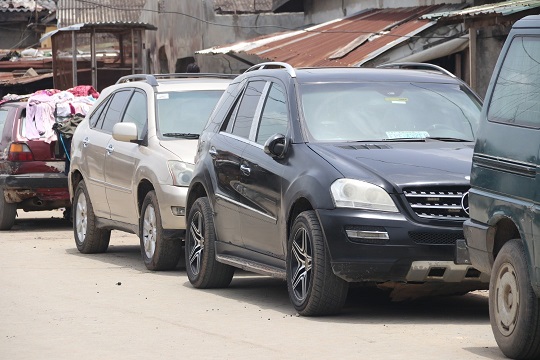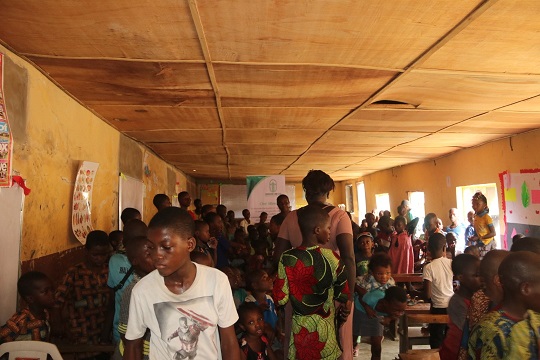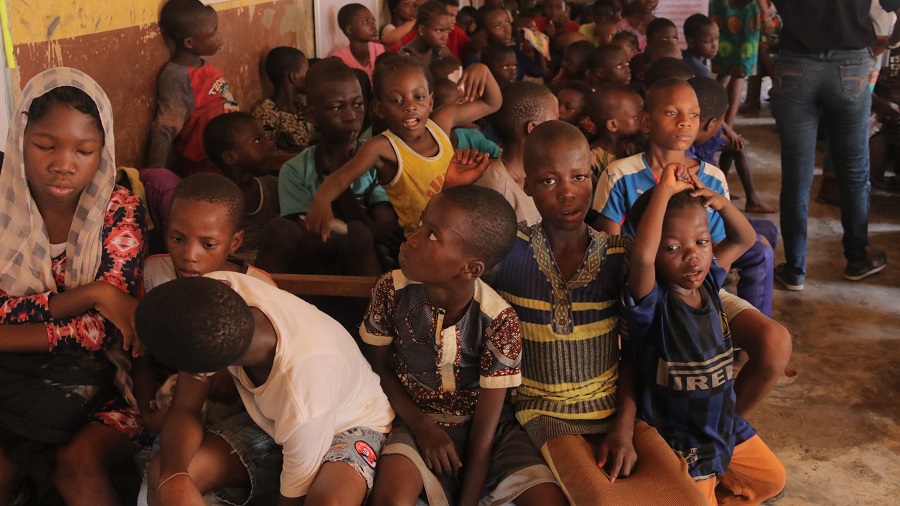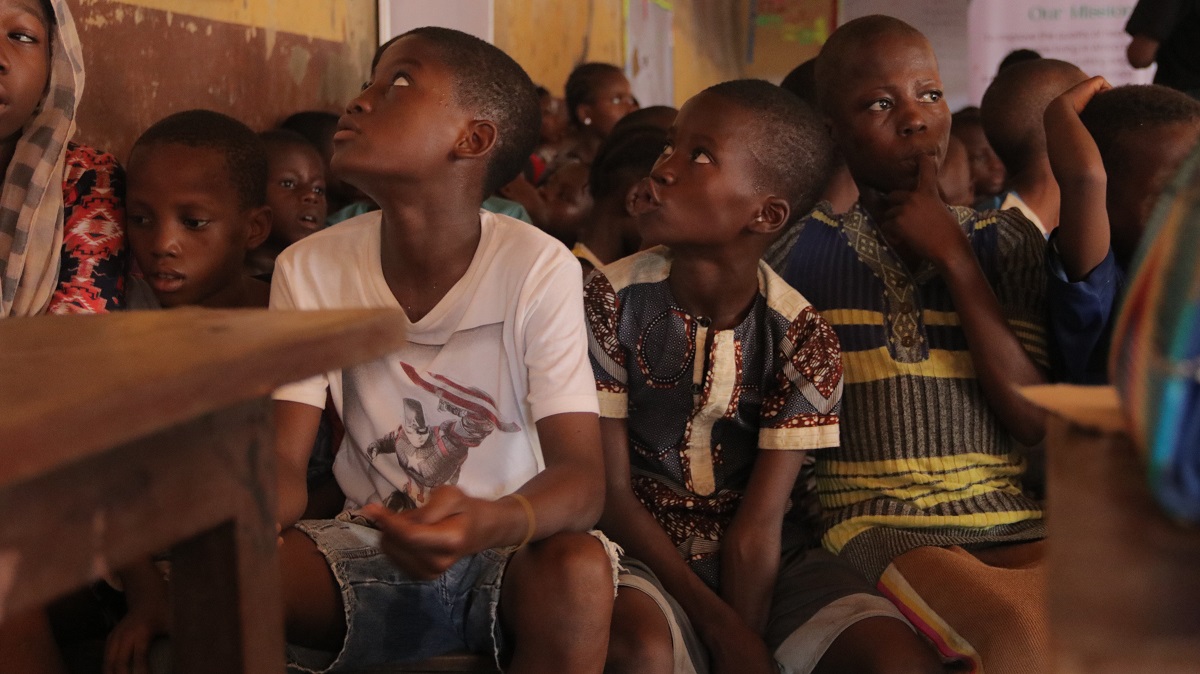Stagnant water, refuse, and a poor cooking environment, is a common features we saw. For our visit, we met with the children, who welcomed us heartily.

Nigeria has the highest number of Malaria cases reported in Africa, it can also be life-threatening and is currently a leading cause of death among children who are under the age of 5. We decided to visit the slum, due to the peculiarity of the living condition seen in these places, leading to an increased susceptivity to illnesses.
Stagnant water, refuse, and a poor cooking environment, is a common features we saw. For our visit, we met with the children, who welcomed us heartily.
We held an extensive learning and interactive session with the children on the impact of malaria and shared insight on how to reduce the risk of being infected.
This session was followed by free Malaria testing for the children coupled with the distribution of free drugs to them, with the aid of their guardians.We also noted key factors, that we would like to recommend to other NGOs and public health personnel who would consider a sustainable innovation for the Bariga slum; on interaction with the children we had an insight into their nutrition, interventions around nutrition, water and sanitation hygiene including access to clean water, could potentially reduce the vulnerable state of the children.
PICTURES FROM Bariga OUTREACH
